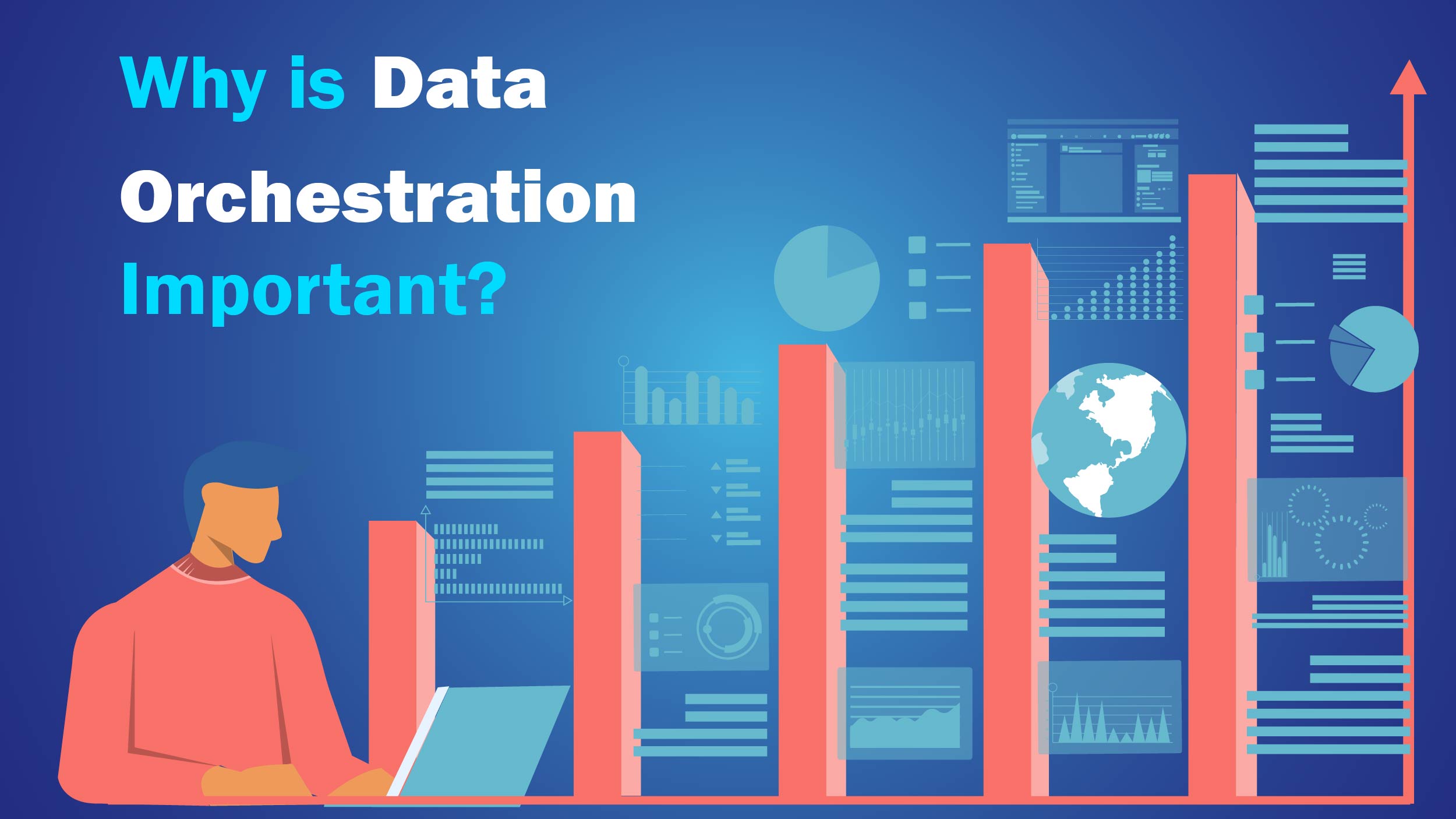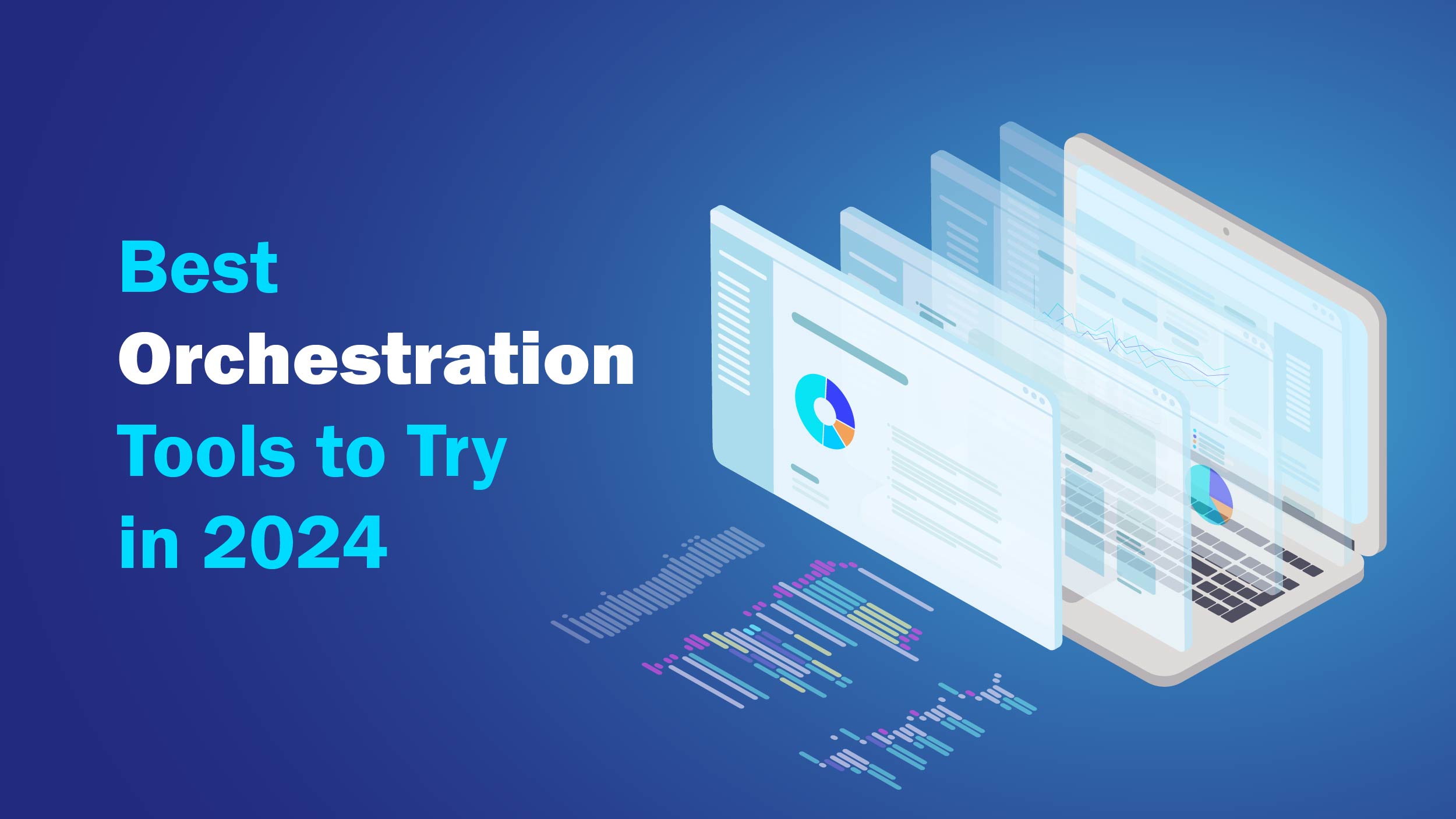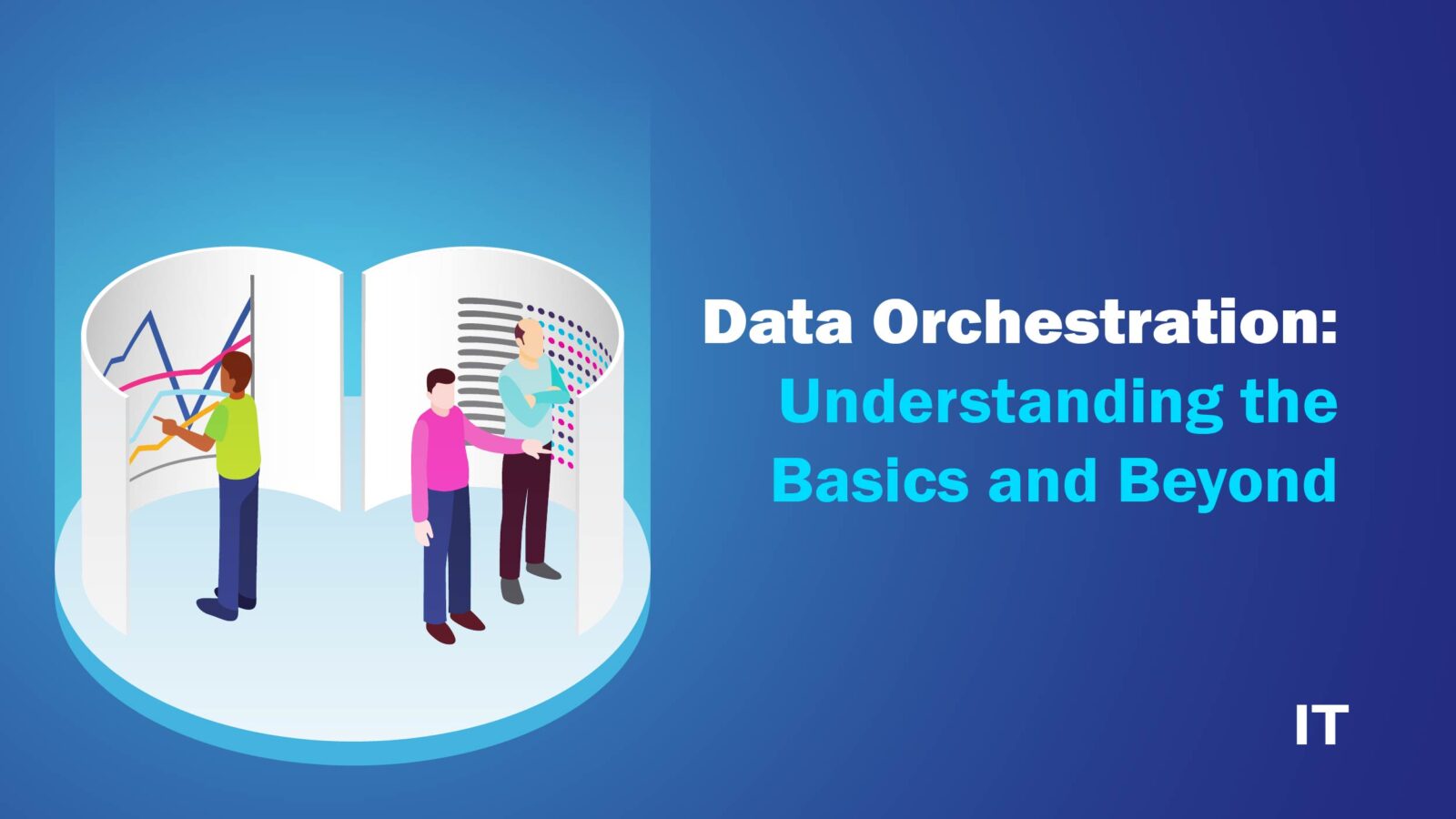You may have encountered the term data orchestration, but what exactly does it entail? Imagine a scenario where your data is everywhere but nowhere at the same time. It originates from different sources, flows through numerous channels, and ends up trapped in isolated pockets across your organization. The result? Chaos. Your data is a jumbled mess—hard to access, inconsistent, and practically unusable.
If this is a familiar scenario, know that you’re not the only one facing it. Many organizations face this same dilemma. Despite having vast amounts of potentially valuable data, they’re unable to harness its power due to its scattered and disjointed nature. According to recent projections, the amount of data generated is expected to skyrocket, reaching a staggering 175 zettabytes by 2025, up from 33 zettabytes in 2018. With such a deluge of data, mistakes are inevitable without proper management.
What these organizations require is data orchestration.
What is Data Orchestration?
Data orchestration refers to the compilation of fragmented data from different areas within the organization, structuring it into a uniform and functional layout, and making it accessible for utilization by data analytics tools. This process allows companies to transform disparate data streams into valuable insights that enhance decision-making agility.
5 Key Components of Data Orchestration:
- Automation: Streamlining tasks like data integration and transformation, ensuring efficiency and accuracy.
- Data Integration: Centralizing data from various sources for unified insights, facilitated by regular or triggered collection.
- Data Flow Management: Automating workflows across pipelines, ensuring proper sequencing and task scheduling.
- Data Governance: Maintaining data availability, quality, and security throughout its lifecycle, complying with regulations like GDPR.
- Data Validation: Regularly verifying data quality and accuracy, with built-in and customizable validation rules in orchestration tools.
Why is Data Orchestration Important?
Prior to the implementation of this process, data engineers were tasked with the manual extraction of unstructured data from various sources such as APIs, spreadsheets, and databases. Subsequently, they undertook the process of data cleansing, standardization, and transmission to designated systems.
A recent research study revealed that 95% of companies encounter challenges in handling this particular task, particularly when dealing with unorganized information. Nonetheless, implementing this process can streamline these activities, overseeing data cleansing and preparation while guaranteeing the smooth sequencing of data transfer among various systems.
While data orchestration is typically associated with centralizing data, the scenario changes when investing in a singular extensive storage platform becomes financially challenging. In such instances, this process facilitates the retrieval of data directly from its storage location, frequently in real-time, eliminating the necessity for a large centralized storage system.
Enhancing data quality is another key benefit. Consider data transformation, for example, which focuses on standardizing data formats to maintain consistency and accuracy among interconnected systems.
An additional significant advantage of using this process lies in its capacity to oversee and handle data instantaneously. Industries such as dynamic pricing, stock trading and forecasting, and analyzing customer behavioral patterns greatly benefit from real-time data processing, a feature that is streamlined through the use of data orchestration tools.
It plays a crucial role for individuals handling vast amounts of data and regular data streaming assignments, particularly for organizations that oversee various storage systems.
Also Read: How Does Green Cloud Computing Benefit Businesses?
Data orchestration Vs. ETL Vs. Data Pipeline
Although data orchestration, ETL, and data pipeline are frequently considered interchangeable terms, it is crucial to note that distinct variances exist among them. Below is an analysis elucidating these disparities.
| Feature | Data Orchestration | ETL | Data Pipeline |
| Focus | Overseeing and regulating the entire data process flow. | Extraction, transformation, and loading of data. | The transfer and processing of data between systems.
|
| Scope | A broader range of data operations encompassing integration, conversion, validation, transfer, and oversight.
|
More specific, with a concentrated emphasis on the phases of extracting, transforming, and loading data. | Encompasses the complete lifecycle of data movement and processing. |
| Functionality | Streamlines and oversees the procedures and operations related to one or multiple data tools. | Executes precise operations in the data pipeline, concentrating on data preprocessing in readiness for analysis.
|
It coordinates the transfer of data from different origins to a designated endpoint, commonly a data warehouse or data lake, enabling analysis and reporting. |
| Data Types | Provide the various formats of structured, semi-structured, and unstructured data. | Specifically utilized in cases involving structured data.
|
Can handle semi-structured, structured, and unstructured data formats. |
| Real-Time Processing | Proficient in handling both batch processing and real-time data streams. | Can handle near real-time data. | Suitable for handling both batch processing and real-time data flows. |
| Scalability | It boasts high scalability, adeptly managing expanding data volumes and complexity. | Moderately adaptable, may necessitate modifications to accommodate significant data expansion. | Scalability hinges on particular tools and architecture employed. |
| Examples | Consolidating information from CRM, ERP, and social media platforms into the data lake by extracting, structuring, and loading data from the respective source systems. | Collecting information from a sales database, refining it for clarity and structure, and subsequently transferring it to a data lake for analytical purposes. | Cloud data platforms enable the storage of real-time data collected from IoT devices, facilitating analytical processes. |
Data Orchestration Examples
In today’s data-centric landscape, every progressive company harnesses data orchestration tools and techniques to proficiently manage large volumes of data. Below are several real-world use cases:
● Hybrid environments
Numerous companies host their data in cloud infrastructure while maintaining computing resources on-premises, or vice versa. This setup often leads to delays when on-premise tools have to interact with data stored on cloud servers. This methodology plays a crucial role in bridging this gap by facilitating seamless communication and collaboration between disparate environments.
● Real-time data streaming
80% of the time users spend streaming on Netflix is attributed to its recommendation system. This system leverages Netflix Maestro, a platform designed to manage the vast data workflows of Netflix.
● E-commerce
E-commerce enterprises find it inefficient to manage customer behavior, inventory details, financial transactions, ad displays, and product recommendations on various platforms. Therefore, they utilize data orchestration tools and techniques to consolidate this information and extract valuable insights.
Best Orchestration Tools to Try in 2024
Orchestration tools are designed to automate and optimize processes. They cover a range of functions, including data gathering and activation, with the aim of minimizing errors and enhancing operational efficiency and velocity.
Given the abundance of choices in the market, here are a few widely sought-after data orchestration tools.
1. Apache Airflow
Apache Airflow serves as an open-source orchestration tool tailored for creating, scheduling, and overseeing workflows or pipelines through Python. Within this tool, workflows are delineated as Directed Acyclic Graphs (DAGs), facilitating the organization of tasks and their interdependencies within the workflows.
Here’s a breakdown of DAGs:
- Directed: Task movements or relationships are precisely defined. Tasks are linked along a specified path; for instance, Task 1 relies on Task 2, indicating that Task 1 will execute only after Task 2 concludes.
- Acyclic: This characteristic ensures the absence of loops within dependencies. For instance, if Task 1 depends on Task 2, and Task 2 depends on Task 1, it creates an endless loop. Airflow’s architecture circumvents such loops, thereby ensuring the smooth execution of tasks.
Featuring an intuitive user interface, Airflow allows users to easily navigate to specific DAGs and monitor the status and logs of diverse tasks.
2. Prefect
Prefect is a Python-centric orchestration tool utilized for constructing and automating workflows within data pipelines. It enables the segmentation of intricate task interdependencies and sequences into structured sub-flows.
Ideal functionalities include performing operations during program execution, managing processes in mixed settings, and storing commonly processed workflow outcomes, among other capabilities.
3. Keboola
A cloud-native solution facilitating the seamless creation and implementation of data pipelines. Keboola extractors empower users to retrieve data from diverse origins and efficiently import it into the system. Subsequently, the platform offers transformation capabilities to standardize the data.
Keboola’s “Applications” module excels in comprehensive data handling and processing efforts.
Final Thoughts
In the modern data-driven environment, data orchestration stands as a vital strategic necessity for enterprises. This process is fundamental in enabling data to be leveraged effectively to meet business goals.
It empowers organizations to effectively gather and assess data, enabling seamless adjustment to dynamic environments and securing a notable competitive edge. Moreover, it serves as the fundamental basis for well-informed decision-making.
Organizations can leverage the capabilities of their data infrastructure, promote innovation, and maintain flexibility and competitiveness in the market by implementing efficient data orchestration tools and following established protocols.
































